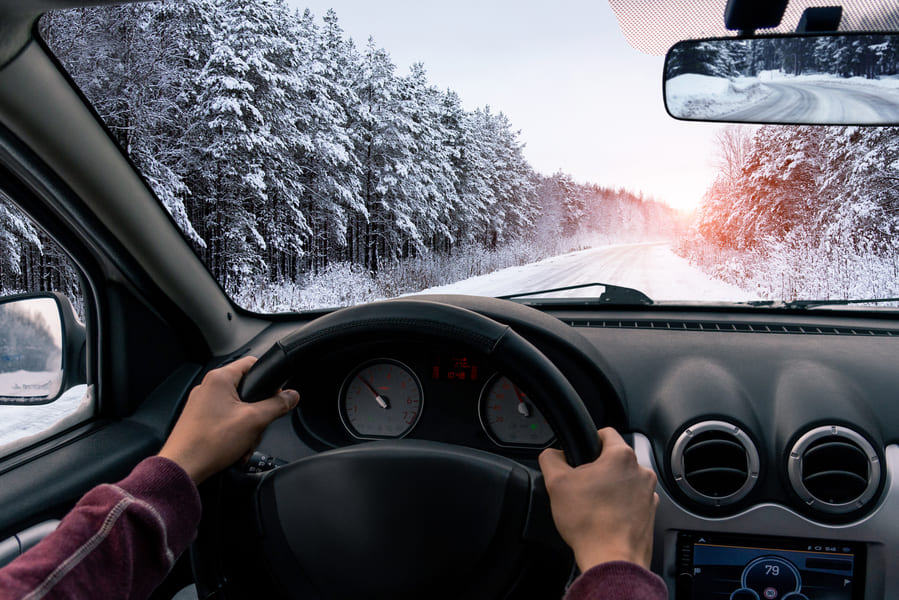
A special alertness is required from a driver in a cold season. If you distract from the road just for a few seconds, this may result in a road accident. Here we tell what to beware of on the road in winter and how to avoid troubles.
5 main dangers on winter road
- Glaze. Wheel grip on ice is minimal. Just one careless movement – and the car starts skidding. In addition, the braking distance on a slippery road significantly increases.
- Fresh snow. It hides various obstacles which can cause a road accident.
- Snow slush. Often it causes slushplaning – a phenomenon where a layer of dirt, snow and water forms between the tyre tread and the road. Due to loss of contact with the road surface, the car becomes incapable of braking, accelerating and maneuvering.
- Poor visibility. Car windows often mist up and get frosted due to snow, freezing cold and temperature changes. In such conditions, it is impossible to see and properly assess the driving situation. Moreover, the driver is unable to identify road signs because of built-up snow.
- Low temperature. In the bitter cold, the rubber the tyres are made of, gets harder. This leads to impairment of its grip ability. The contact between the wheels and the road becomes less reliable, while the braking path significantly increases.
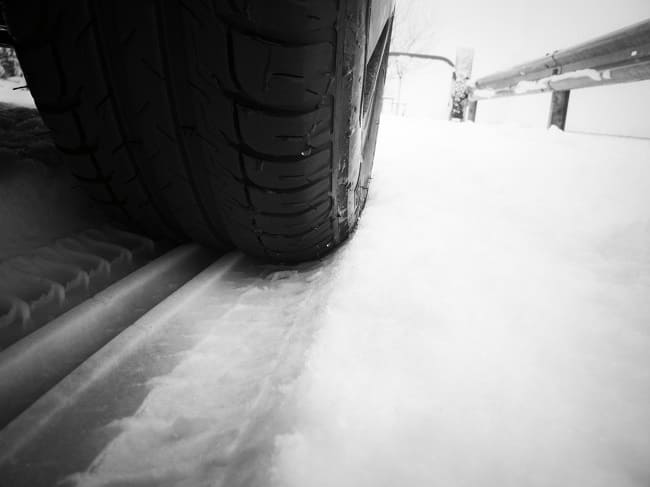
12 tips from AUTODOC to drive safely in winter
- Be sure to replace summer tyres with winter ones before the cold season comes. The latter are made of a special rubber mixture that remains elastic at a low temperature. Moreover, the rubber compound of snow tyres contains much silicon improving grip on a slippery road surface. The tread pattern is also optimized in accordance with the characteristics of wet and slippery road. For example, some tyre manufacturers equip the treads with special micropumps absorbing moisture from the ice surface.
- Before starting off, you should remove snow from the car and clean its windows from icing. Special scrapers/brushes are used for this, as well as deicing chemical agents. It is important that the windows are completely defrosted. Timely clean wheel arches and mudguards from stuck snow and dirt. When frozen, they hinder normal rotating of the wheels, and impair the steerability when cornering. Also, be sure not to start off with snow on the vehicle roof: during driving, it is scattered obscuring the view for the driver of the following car. Besides, the car exterior lighting including the signaling lights must be cleaned from snow and ice too. This will help other road users to identify your car on the road.
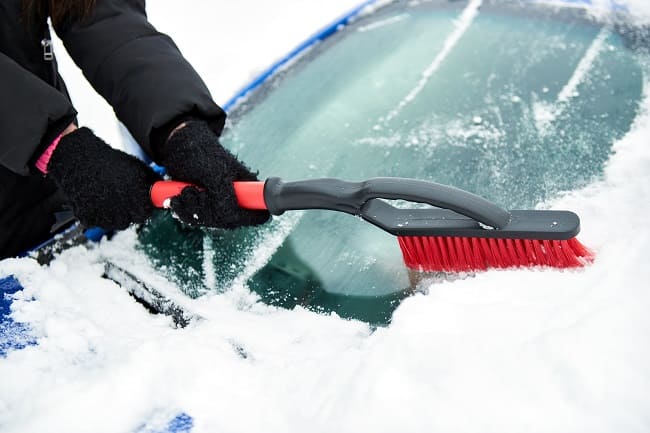
- Avoid wearing winter clothes when driving. It significantly hinders your movements. Moreover, too large jackets prevent reliable fastening of the seatbelt, which may result in injury in case of a road accident. Use the climate control system for making the car interior temperature comfortable. Bulky clothes should be changed to a thin jacket or vest.
- Keep a safe distance to the vehicle ahead. It can be just several meters when driving at a low speed in traffic jams, but you should increase it when driving on a highway. Ideally, the distance between cars should be 2 times larger than the speed you are driving at. For example, if your car is moving at 40 km/h, it means that 80 metres should be between you and the car ahead.
- Pay attention to the road signs on both sides of the road. This will help you orientate in case you can’t recognize a sign due to built up snow.

- Keep an eye on other drivers’ maneuvers: they may make mistakes. If you notice that the car behind you doesn’t keep a safe distance, then let it overtake you, because you will be in time to brake if needed, while it won’t.
- Avoid overtaking specialized vehicles. For example, snow-cleaning vehicles throw snow, which significantly impairs visibility. Overtaking is very dangerous in such cases: the width of the snow plough is often larger than the car itself, and it is difficult to notice.

- If you can’t start off because of wheel slipping, treat the tyres with a special spray for better grip on ice. This will ensure a confident start-off even in case of a very heavy glaze.
- Brake in advance before traffic lights and crossroads. These places are very dangerous for two reasons. First, due to constant braking, the road surface is more slippery there than in other parts of the road. Second, there’s a high probability of collision with another road user who may make a mistake.
- When accelerating, the wheels should be straight, otherwise you may easily lose wheel grip.
- When planning a winter vacation, make sure that your luggage is correctly packed and reliably fixed: in case of a road accident even small objects can be very dangerous due to the inertia of the impact.
- Master your maneuvering skills. The following can be used on a slippery road:
- If the car doesn’t respond to a steering command, you should return the steering wheel into the initial position and then slowly turn it again. Sharp turning of the steering wheel to the full is prohibited: this can cause complete loss of control.
- To correctly enter a turn, do the following. To prevent the front wheels from skidding, you should, before the very start of the maneuver, put the maximum load on them. For this end, you should sharply release the accelerator pedal and then turn the steering wheel to a large angle. After starting cornering, slightly press the accelerator pedal.
- To steer out of a skid when driving a rear-wheel-drive car, you should turn the steering wheel to the direction of skidding and completely release the accelerator pedal. As for a 4WD car, the steering wheel should be turned to the direction of skidding too, however, the accelerator pedal should not be released completely, but partially. In case of a front-wheel-drive vehicle, turn the wheels along the desired driving path and press the accelerator pedal.
- It is also possible to control the car with the help of the clutch pedal. Short pressing on it can stop the car rotating and skidding. In snow-covered areas where there isn’t enough traction for starting off, you can increase the engine speed by disengaging the clutch .
- For safe stop, the intermittent braking method is perfect. It consists in a series of short, sharp and repeated brake pedal pressings. Such a method allows to gradually reduce the car speed while preventing the wheels from skidding.
- Simultaneous pressing of the accelerating and brake pedals in front-wheel-drive cars also allows to control skidding. Similar maneuvers can be performed using the parking brake mechanism.
Conclusion
Winter road is full of dangers. But this doesn’t mean that the car should be left in the garage till better days. You will really enjoy winter driving if you are considerate to other road users, maintain the good working order of your car’s systems and units, constantly improve your driving skills and follow our recommendations.


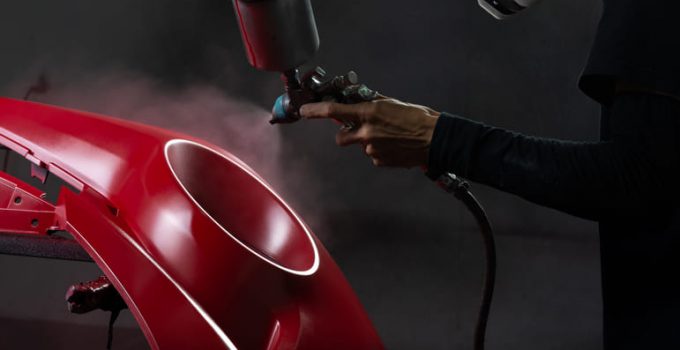

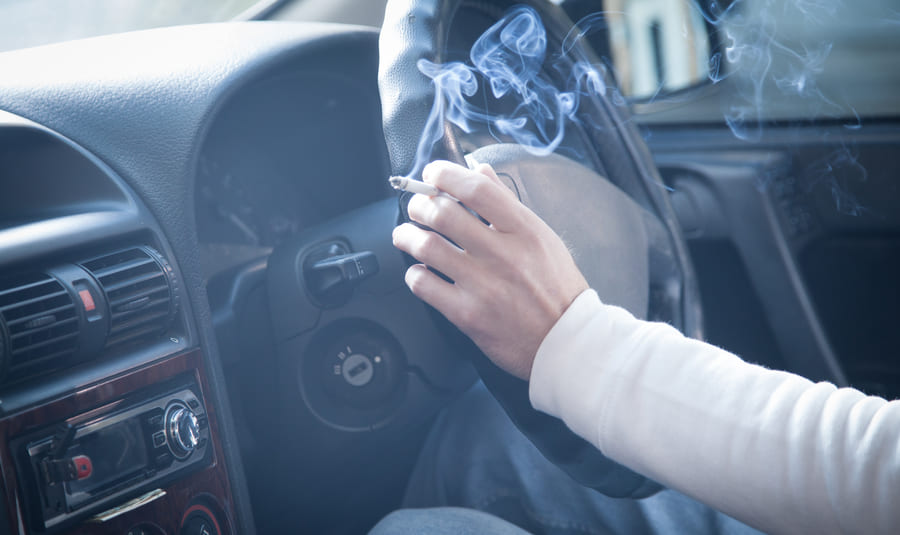
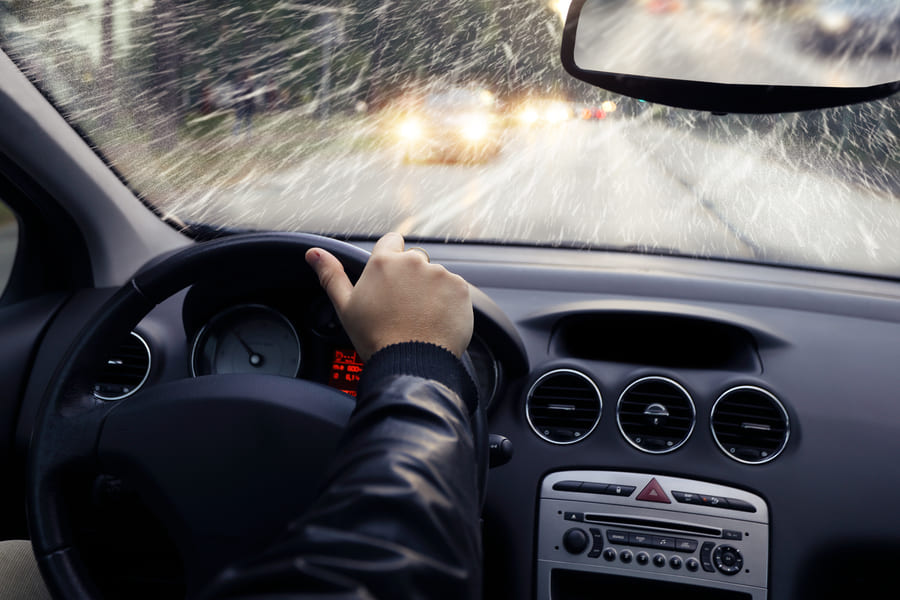

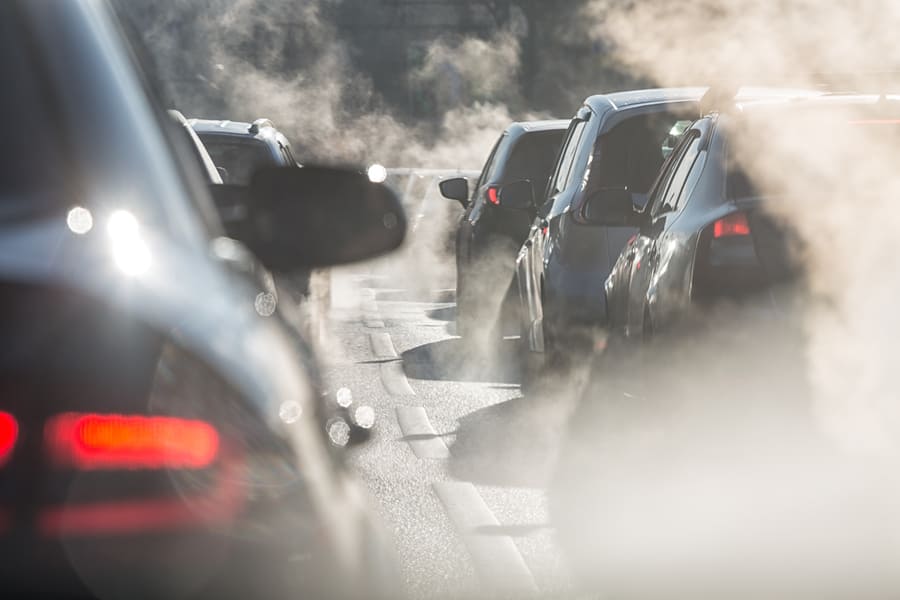
Comment